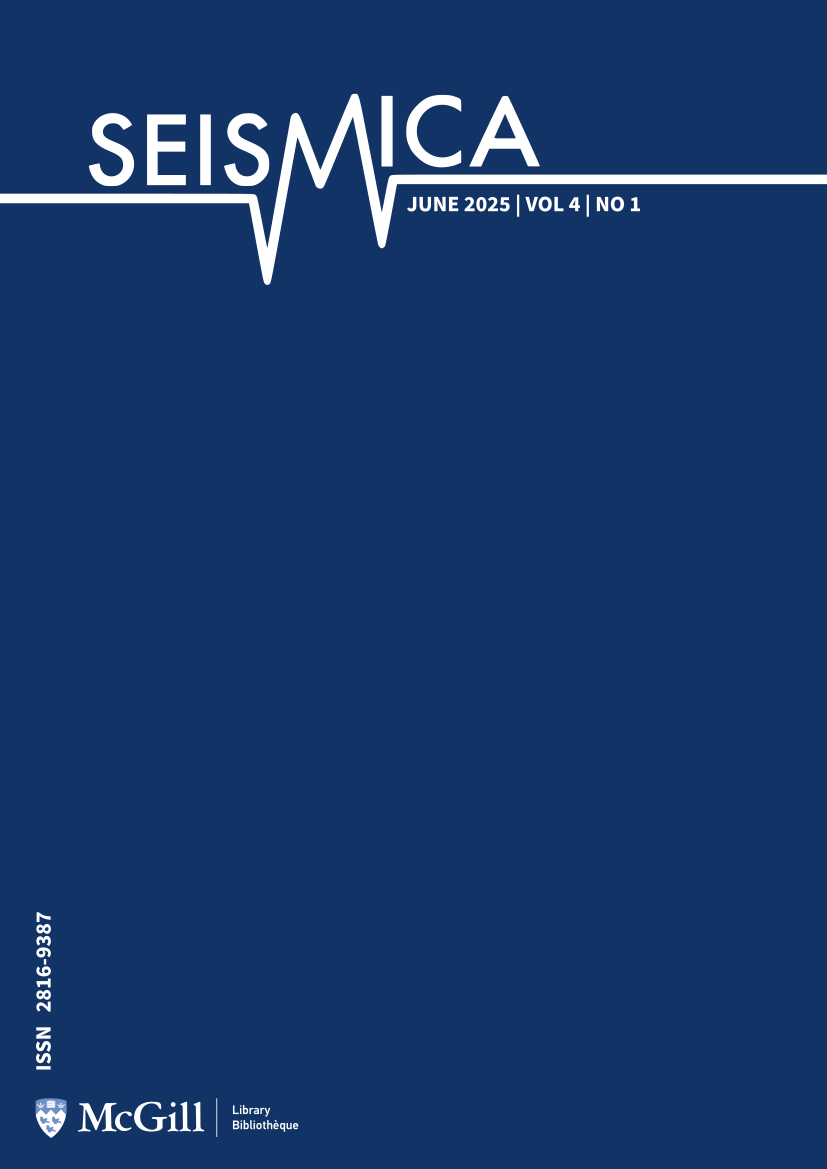Vol. 4 No. 1 (2025)

Cover Caption: The Tunari Peak (Cochabamba Department, Bolivia), reaching nearly 5000 m above sea level and representing the last such elevation within the Eastern Cordillera of the Central Andes, is located at the core of the Bolivian Orocline. The massif is composed predominantly of metamorphosed Ordovician sedimentary rocks, overlain by continental deposits ranging in age from the Cretaceous to the Neogene. Access to the summit is relatively straightforward: from the city of Cochabamba, it requires approximately two hours by vehicle, followed by a four-hour hike across slopes dipping 7–15°. Along the ascent, small petrified fossils can be observed within the outcrops, while native fauna such as viscachas (Andean rodents) and allkamaris (Andean eagles) accompany the climb. The route also offers exceptional vantage points for landscape photography.
The scientific significance of this site is linked to the Proyecto del Oroclino Boliviano (POB), which aims to identify active faults potentially responsible for microseismic activity in the Cochabamba Basin. During field investigations, we were surprised to identify left-lateral strike-slip fault scarps at high elevation within a dominantly compressional setting such as the Eastern Cordillera. This unexpected structural evidence provided strong motivation to install seismic stations and develop a dedicated workflow to detect microseismic events and determine low-magnitude (M < 3) focal mechanisms. These efforts contribute to a better understanding of the complex seismotectonic behavior of the Bolivian Orocline’s core. Credit: Gonzalo Antonio Fernández Marañón


